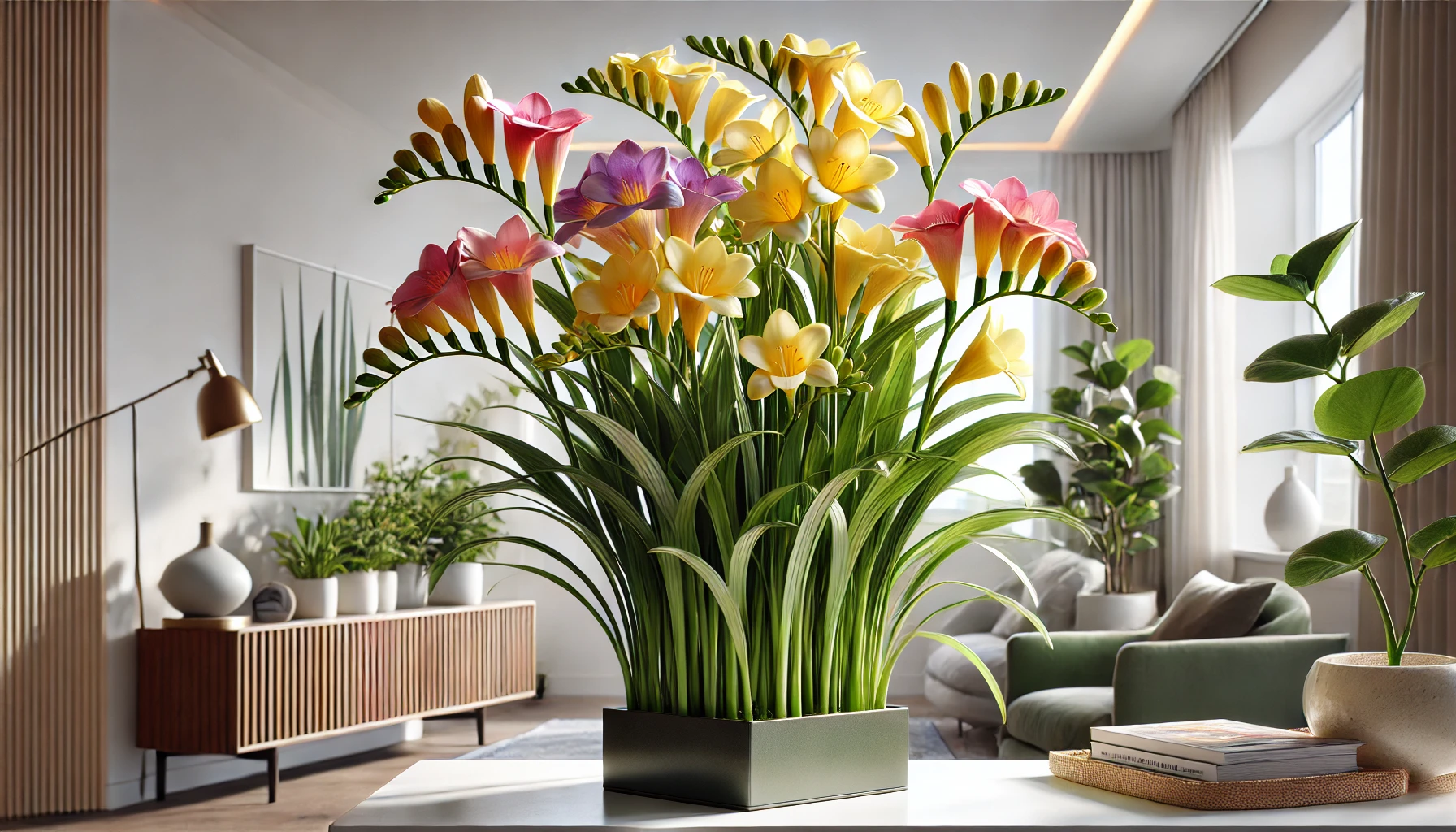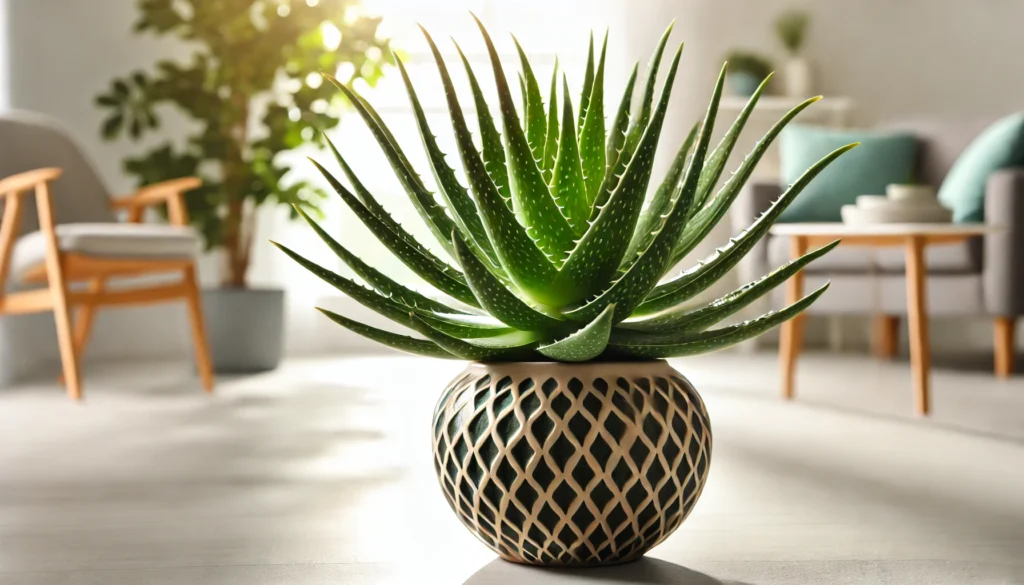
Freesia (Freesia spp.) is a delightful plant known for its vibrant, trumpet-shaped flowers and captivating fragrance. This perennial plant is a favorite among gardeners and flower enthusiasts alike. Freesia typically grows to a height of 1 to 2 feet (30 to 60 cm), making it an excellent choice for borders, containers, and indoor arrangements. With its rich array of colors and charming scent, Freesia adds a touch of elegance and joy to any space.
History and Ideal Growing Conditions
Freesia originated in South Africa, where it thrives in warm, sunny environments. It was first discovered in the 19th century and quickly became popular in Europe and beyond due to its stunning flowers and sweet fragrance. Freesia prefers well-draining soil and a location that receives full sun to partial shade. While it is a perennial, Freesia is often grown as an annual in colder climates. In USDA Hardiness Zones 9-10, it can be left in the ground year-round. In cooler regions, the corms should be lifted and stored indoors during the winter.
Is Freesia Toxic to Pets?
Fortunately, Freesia is non-toxic to pets. This makes it a great choice for households with cats, dogs, or other curious animals. You can enjoy its beauty and fragrance without worrying about your pets’ safety.
Safe Alternatives
Since Freesia is already a pet-safe plant, there’s no need to seek alternatives. However, if you’re looking to diversify your garden with other non-toxic plants, consider adding Snapdragons (Antirrhinum majus) or Pansies (Viola tricolor) for a similarly colorful and safe display.
Best Practices for Caring for Your Freesia
Caring for Freesia is relatively straightforward, but following a few best practices will ensure your plants thrive.
Watering and Humidity
Freesia prefers consistently moist soil, but it’s important to avoid waterlogging. Water the plant thoroughly when the top inch (2.5 cm) of soil feels dry, but ensure good drainage to prevent root rot. Freesia enjoys moderate humidity levels, so misting the plant or placing it near a humidifier can help maintain optimal conditions, especially in dry indoor environments.
Soil, Light, and Temperature
Freesia thrives in well-draining soil that is rich in organic matter. A good potting mix or a combination of garden soil and compost works well. This plant loves full sun but can tolerate partial shade, especially in hotter climates. Ideal temperatures range from 55°F to 70°F (13°C to 21°C) during the growing season. Freesia can tolerate cooler temperatures at night but should be protected from frost.
Common Problems and Remedies
Freesia, like any plant, can face a few challenges. The most common issues include bulb rot and poor flowering. Bulb rot usually occurs due to overwatering or poorly draining soil. To prevent this, ensure the soil is well-draining and reduce watering if necessary. If your Freesia is not flowering well, it may be due to insufficient light or nutrient-poor soil. Moving the plant to a sunnier location and adding a balanced fertilizer can help improve flowering.
Invasiveness
Freesia is not considered an invasive species. However, in some regions with mild climates, it can spread more than expected if left unchecked. To manage its growth, you can dig up and divide the corms every few years. If you are concerned about potential spreading, planting Freesia in containers can help control its growth.
Propagation and Benefits of Freesia
Freesia is typically propagated through its corms, which can be separated and replanted to produce new plants. This is best done in the fall, allowing the corms to establish before the growing season begins. In addition to its aesthetic appeal, Freesia is known for its wonderful fragrance, which is often used in perfumes and scented products. The flowers also make excellent cut flowers, adding beauty and a lovely scent to indoor arrangements.
Final Thoughts
Freesia is a vibrant and fragrant addition to any garden or home. With proper care, it will reward you with stunning blooms and a delightful scent year after year. Its non-toxic nature makes it a safe choice for pet owners, and its relatively low maintenance requirements make it a favorite among gardeners of all skill levels. Whether you’re growing it outdoors or in containers, Freesia is sure to bring joy and color to your space.
Stay connected with the world of plants! Subscribe to Phylofy for expert gardening tips, DIY projects, and eco-friendly inspiration. Join our community and nurture your love for nature. Don’t miss exclusive content and updates. Subscribe now!



